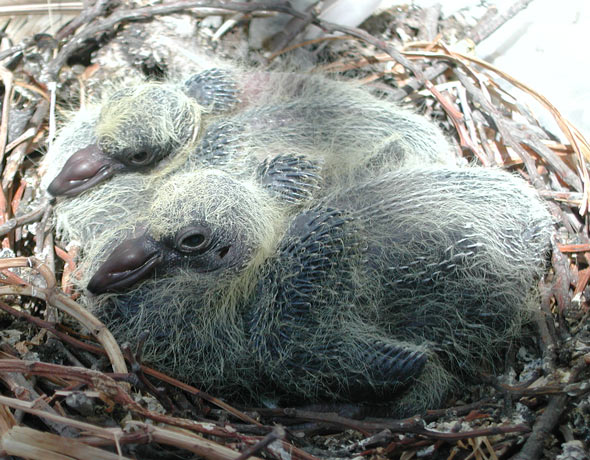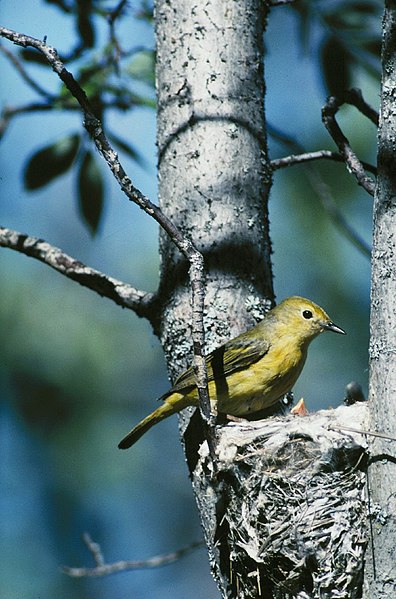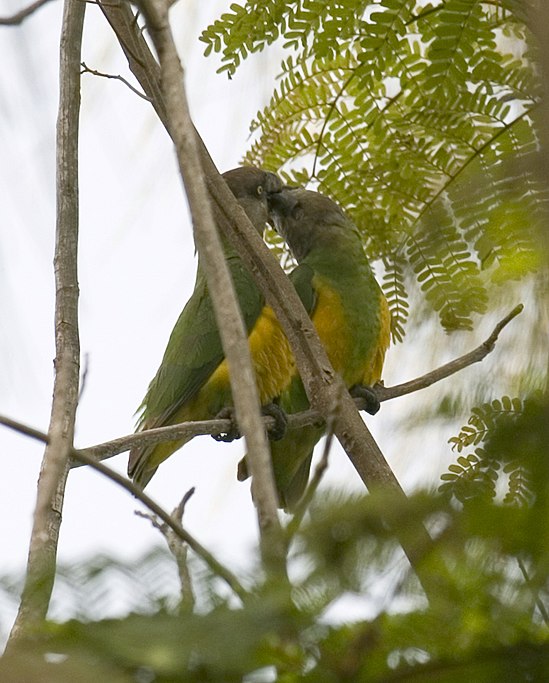 A ThatBirdBlog reader in Bangkok, Thailand recently contacted me concerning the hand-rearing of Zebra Dove nestling whose parents had been attacked by a crow. The incident reminded me that spring is on the way, and with it will come a number of calls concerning young pigeons and doves (or “squabs”), that have fallen from their nests or have otherwise become orphaned. Those who keep pigeons and doves as pets, or who “fly” them as a hobby, are also sometimes called upon to raise abandoned nestlings.
A ThatBirdBlog reader in Bangkok, Thailand recently contacted me concerning the hand-rearing of Zebra Dove nestling whose parents had been attacked by a crow. The incident reminded me that spring is on the way, and with it will come a number of calls concerning young pigeons and doves (or “squabs”), that have fallen from their nests or have otherwise become orphaned. Those who keep pigeons and doves as pets, or who “fly” them as a hobby, are also sometimes called upon to raise abandoned nestlings.
Crop Milk
Pigeons and doves depart radically from other birds when it comes to rearing their chicks. Rather than providing them with insects or fruit, breeding adults produce a semi-solid nestling food known as pigeon milk or crop milk. While not related to mammalian milk, there certainly are some parallels.
The “milk” is secreted from the lining of the crop, which is a food storage organ located at the end of the esophagus (base of the throat) of most birds. It is higher in protein (38%) and fat (58%) than both cow and human milk, and allows for very rapid growth. Crop milk also contains several vitamins and minerals, and is produced by both males and females. Read More »
 That Bird Blog – Bird Care and History for Pet Birds
That Bird Blog – Bird Care and History for Pet Birds



